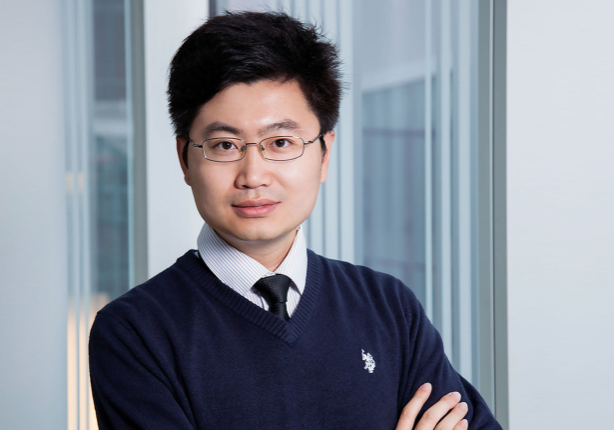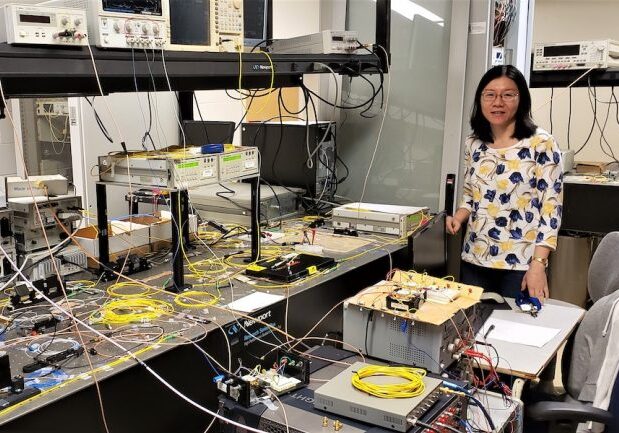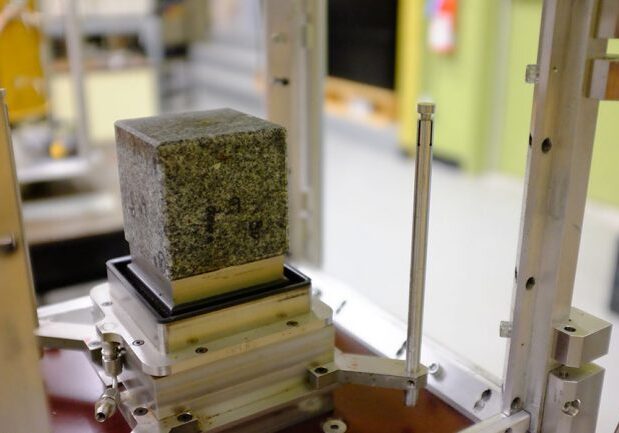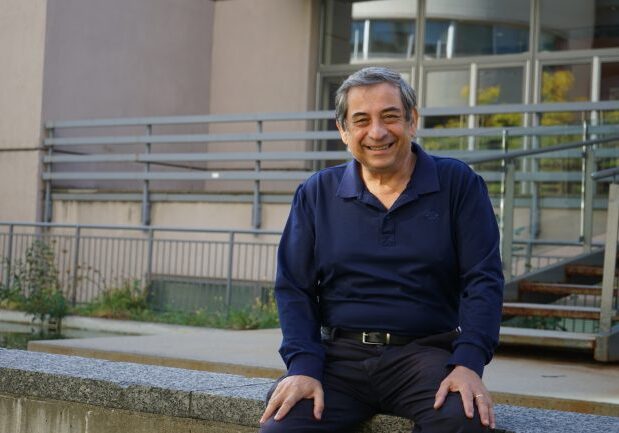
ECE welcomes new faculty member Professor Bruno Korst
Korst strives to present theory in a way that enables students to make connections to its application

Five startups to watch from U of T Engineering’s virtual Hatchery Demo Day 2021
Companies aim to bring technological improvements to urban planning, physiotherapy and many other fields

ECE welcomes new faculty member Professor Xilin Liu
Professor Liu’s research advances applications of integrated circuits and machine learning on human health

IBET Momentum Fellow Mai Ali designs autonomously powered sensors for health care
Ali plans to harness the power of artificial intelligence in ambient assisted living systems

Quantum ‘fingerprints’ made smaller and delivered faster
New protocol from ECE researchers solves communication complexity problems more efficiently and with off-the-shelf components

Rock music: Listening for induced earthquakes among nine U of T Engineering projects funded through CFI
CFI’s John R. Evans Leaders Fund will support research into seismicity, water treatment, bioengineering and more




